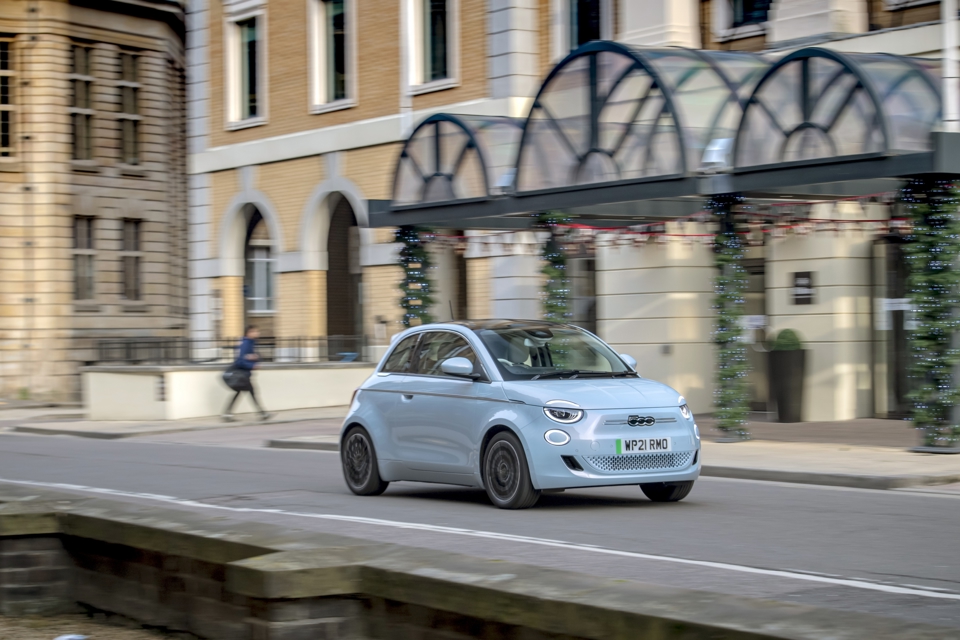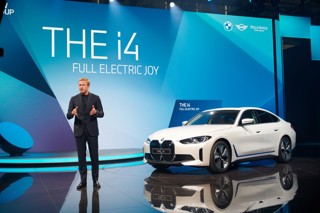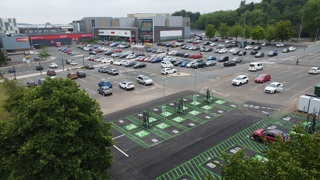Fiat 500 Electric has come out on top of initial lifecycle assessment (LCA) testing by Green NCAP, designed to help consumers choose the most environmentally-friendly cars.
The organisation is the sustainability offshoot of crash test body Euro NCAP, with 61 cars so far tested.
However, unlike Euro NCAP which uses a simple star rating to assess cars, Green NCAP provides a best and worst case range for each model to give a general overview of its performance.
The LCA involves estimations based on the available data and scientific methodology, developed by Joanneum Research and peer-reviewed by the Paul Scherrer Institute.
The batch of 61 cars includes vehicles of all sizes and types, including conventional petrol and diesel, battery electric and hybrid-electric cars.
For the analysis, a nominal vehicle lifetimes of 16 years and a mileage of 150,000 miles are assumed.
The calculations are based on the average energy and material mix of the 27 European Union member states and the United Kingdom, cancelling out the effect that local energy supply has on the cars’ LCA values.
Green NCAP says the results show that total estimated greenhouse gas emission s and primary energy demand, and the respective contributions at different phases and time in the lifecycle may vary significantly depending on the propulsion system, the fuel and other factors.
For conventional vehicles, the burning of fossil fuels during the operational phase accounts for most of the live cycle emissions and energy demand.
This is different for EVs for which the production phase on average accounts for a larger share of the total, while emissions in usage can vary depending on the portion of energy from non-renewable sources in the electricity used for charging.
BEVs have zero local greenhouse gas emissions and show overall the best LCA numbers in the European average.
Not every car of the same powertrain type is equal either: the LCA analysis shows tht the impact of vehicle mass and size remains significant for all vehicle types.
The same can be said about how cars are driven. Additionally to optimising their driving style, consumers that chose plug-in hybrid cars can help reduce the impact on the climate by making sure their cars are always fully charged.
> Interested in comparing electric vehicle data? Check out our EV tool.
> Interested in ensuring the efficient use of EVs. Check out our dedicated editorial sections: Insight & policy | EV news | Charging & infrastructure | Costs & incentives | Benefit-in-kind | EV case studies | EV road tests





















Login to comment
Comments
No comments have been made yet.